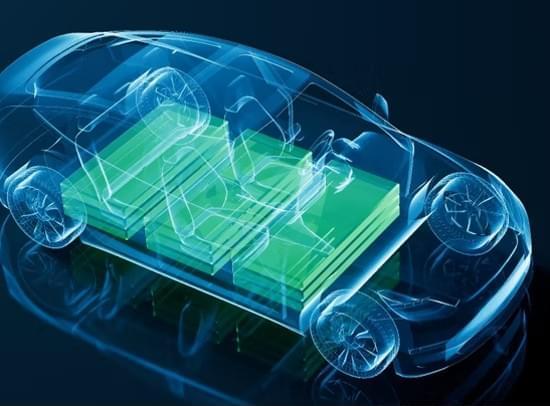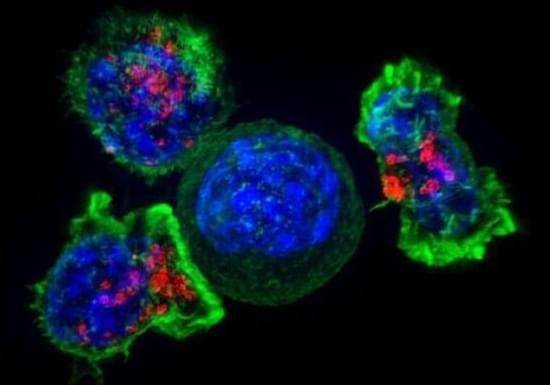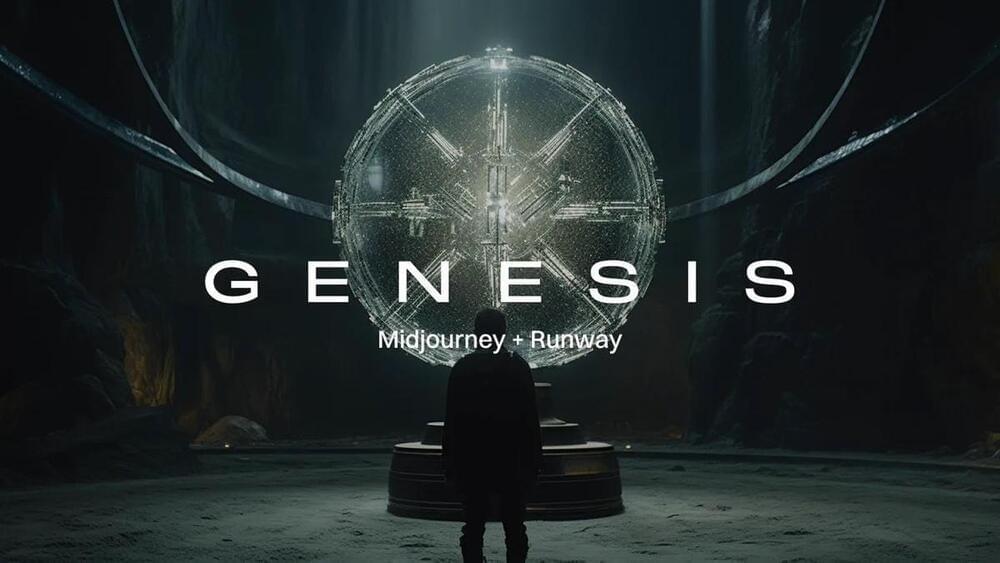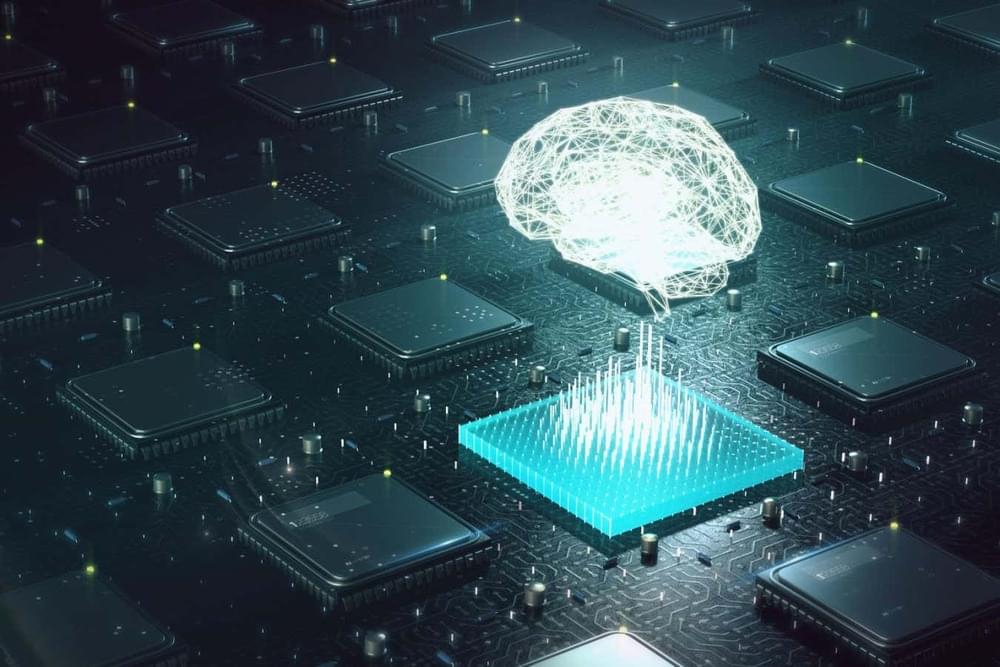Sodium-ion (Na-ion) batteries and solid-state batteries have both been in the news recently. Why? Because the need for battery storage is growing rapidly as the global economy seeks carbon-based energy alternatives in pursuit of the goal to achieve net-zero emissions by the mid-century.
Na-ion Battery News
In April I wrote about BYD, a Chinese electric vehicle (EV) manufacturer, that is using sodium-ion (Na-ion) battery packs instead of lithium-ion (Li-ion) in some of its models. In its latest report, IDTechEx, out of Cambridge in the United Kingdom, states that although Na-ion batteries are not the answer to all battery-power applications, they do provide a complimentary addition to battery packs used not just in EVs but also for backup power within utilities and factories.









